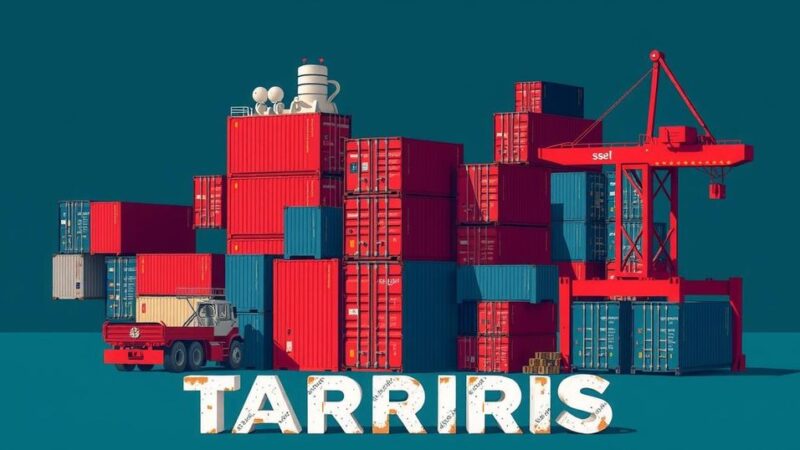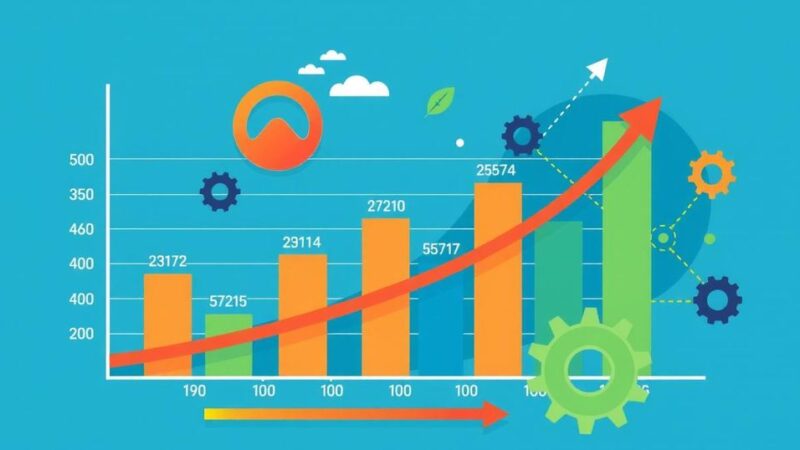Tanzania is on course to become one of Africa’s richest countries through growth in manufacturing, tourism, and agriculture. The economy has doubled in wealth over 15 years, bolstered by political stability, attracting £1 billion in foreign investment in 2023. GDP growth is forecasted at 6% for 2025, with potential risks from regional conflicts and climate change.
Tanzania is poised to significantly enhance its economic standing, potentially becoming one of Africa’s three wealthiest nations within the next five years. The country has successfully transformed its economy, focusing on sectors including manufacturing, tourism, agriculture, and financial services. This shift has led to notable progress, with the World Economic Forum reporting that Tanzania doubled its wealth over a 15-year period.
In the year 2000, the average wealth per capita was only £194, which saw an increase of 92%, reaching £372 by 2015. During this time, there was also a 6% rise in the number of individuals meeting basic consumption needs, while the population living in extreme poverty decreased by 2%. Global Finance attributed this growth to the efforts of former President John Pombe Magufuli and current President Samia Suluhu Hassan.
Tanzania is recognized for its peace and stability, qualities that enhance its attractiveness to foreign investors according to Tenda Msinjili, the head of banking and finance at Clyde & Co. This stability has facilitated approximately £1 billion in foreign direct investment in 2023 alone. Investor interest is largely driven by opportunities in various sectors, including mining and tourism, and is boosted by improvements in infrastructure and contract enforcement.
The country’s GDP recorded a growth of 4.8% in 2020, amounting to £69.3 billion, positioning Tanzania as East Africa’s second-largest economy after Kenya. Looking ahead, government officials predict economic growth rates of approximately 6% in 2025, with the International Monetary Fund estimating a potential economy valued at £105 billion by 2028. However, risks such as regional conflicts, natural disasters, and commodity price fluctuations could pose challenges to this growth trajectory.
Tanzania’s primary export partners include India, the UAE, South Africa, Kenya, and Rwanda, while its main import partners are China, India, the UAE, the Democratic Republic of the Congo, and Saudi Arabia.
In summary, Tanzania is on a significant trajectory towards becoming one of Africa’s wealthiest nations, with considerable growth in various economic sectors. The country’s stability and reputation for safety have attracted substantial foreign investment, fostering a diverse economic landscape. As the nation anticipates continued growth, it must remain vigilant against potential risks that could impact its economic progress.
Original Source: www.express.co.uk






